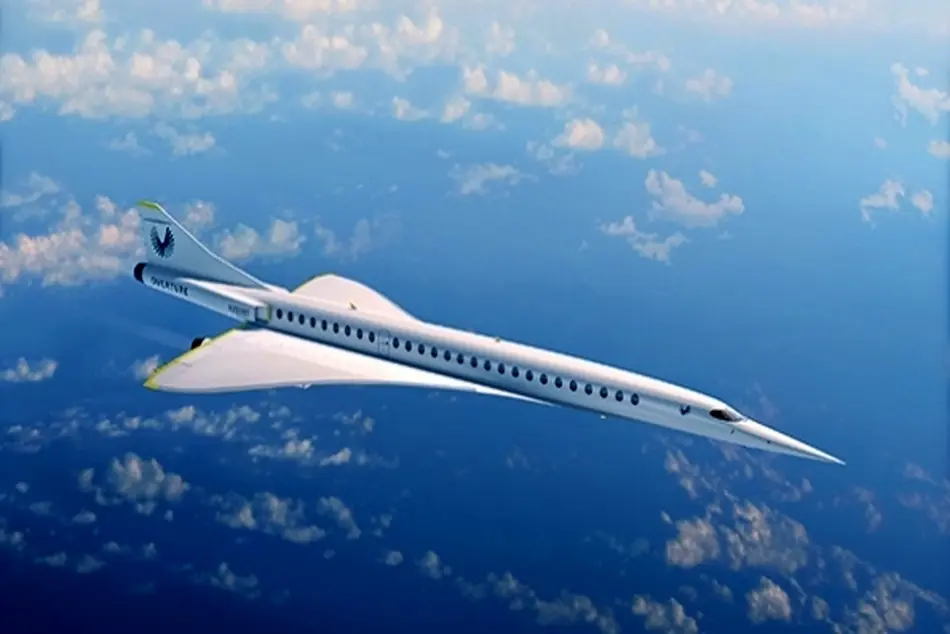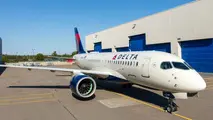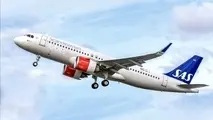Boom’s XB-1 Supersonic Demonstrator Returns To Flight
Boom Supersonic’s XB-1 demonstrator—the first privately-developed faster-than-sound civil aircraft—made a successful second flight from Mojave Air & Space Port, California, on Aug. 26.

Boom Supersonic’s XB-1 demonstrator—the first privately-developed faster-than-sound civil aircraft—made a successful second flight from Mojave Air & Space Port, California, on Aug. 26.
The flight, which included the first in-flight retraction and extension of the landing gear, was aimed primarily at evaluating the revised flight control system which was modified with a digital stability augmentation system (SAS), or roll damper, following the first flight on March 22.
Boom CEO and founder Blake Scholl says the SAS augmentation “performed well” and that, following a data review, the flight test team will “plot the path toward flight three, on the way to Mach 1.” Commenting on social media, Scholl also indicated that a few glitches were also encountered on the 15 min. flight, with “1-2 squawks to check out on the ground afterwards.”
Boom confirms that, despite the five-month break between the first and second flights, it still aims to exceed Mach 1 by the end of 2024. The 71-ft.-long, delta-winged aircraft forms a key part of the startup’s build up campaign toward development of the Mach 1.7 Overture airliner later this decade.
Boom test pilot Tristan “Geppetto” Brandenburg—who is slated to fly the first supersonic test mission—flew the Aug. 26 mission which began with takeoff from Mojave at 7:11 a.m. PT. Accompanied by a Northrop T-38 chase aircraft, Brandenburg flew the XB-1 north of Mojave in an extended circuit to cycle the gear and evaluate the modified roll control characteristics before returning to land at 7:26 a.m. Maximum altitude and speed achieved was 10,400 ft., and 232 kts, respectively.
The XB-1, which is powered by three afterburning General Electric J85s, is expected to fly supersonically at least three times. As well as proving out the ability to develop and demonstrate a supersonic flight test program, the XB-1 effort is designed to pave the way to Overture by growing Boom’s expertise in the aircraft and system design process as well as in engineering software, digital modeling, safety management and production methods.
In advance of the third flight, which is expected to include evaluation of the XB-1 flutter excitation system, the aircraft’s right wing was also provisioned with tufts—short lengths of yarn which provide a visual indication of aerodynamic characteristics such as boundary layer separation and reattachment. Testing for flutter—a self-excited instability which can occur because of interactions between aerodynamic and inertial forces—will clear the way for higher speed testing toward later supersonic flights.



